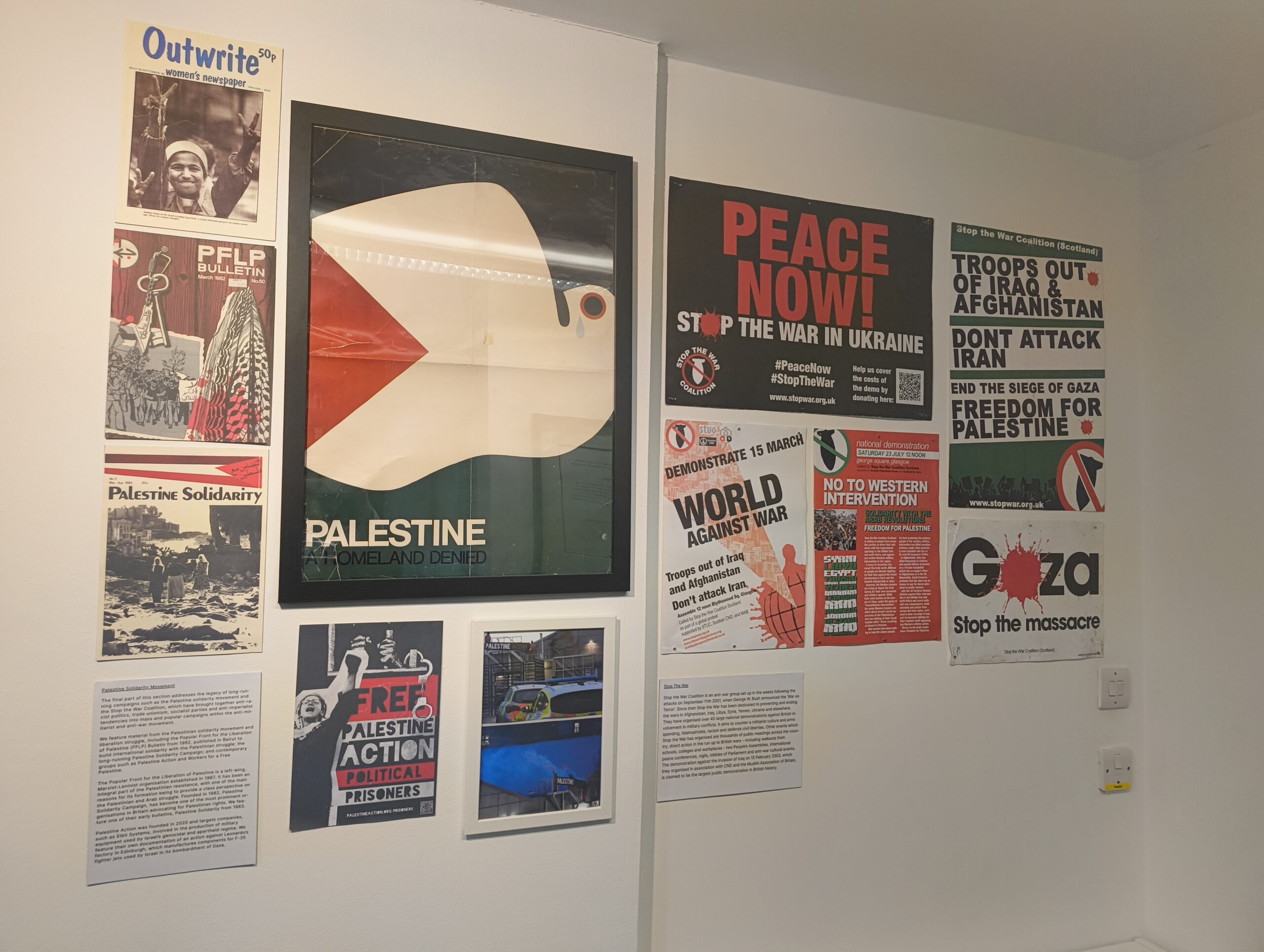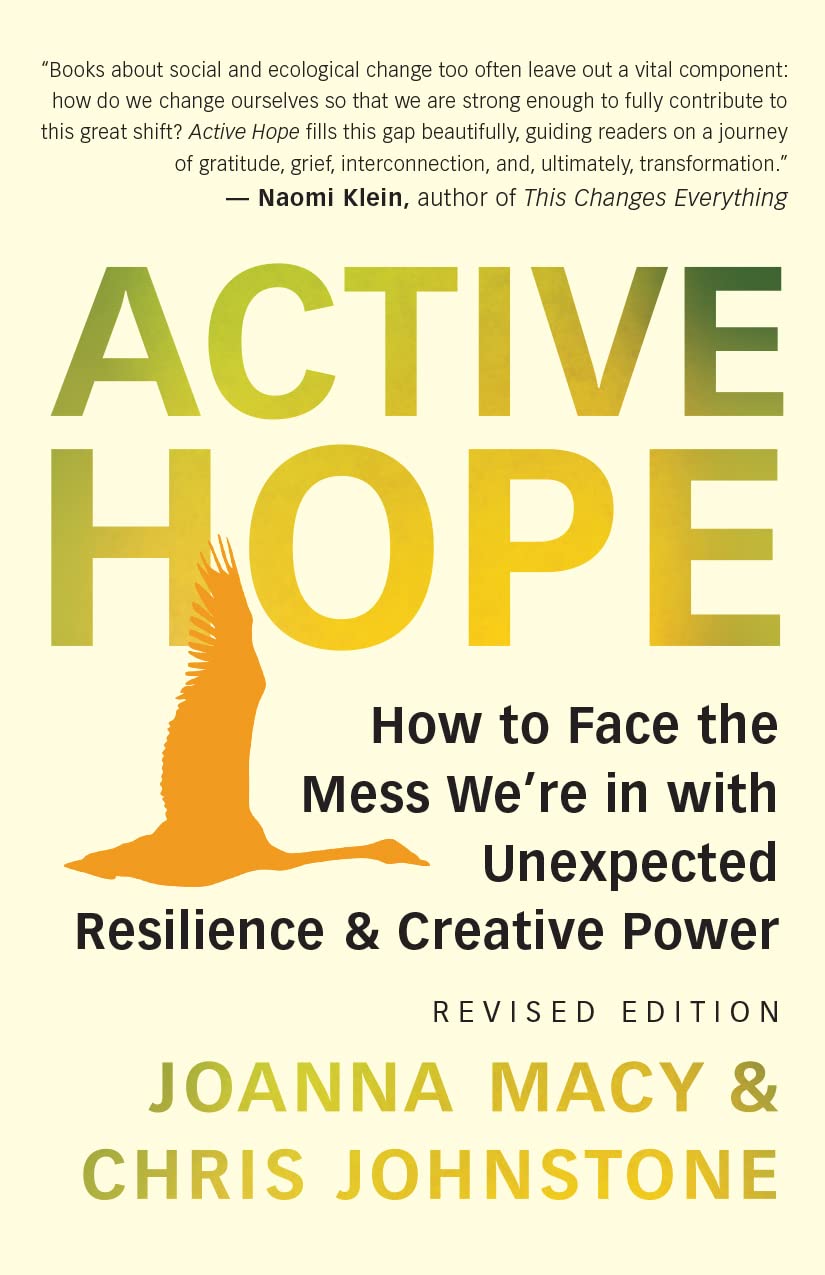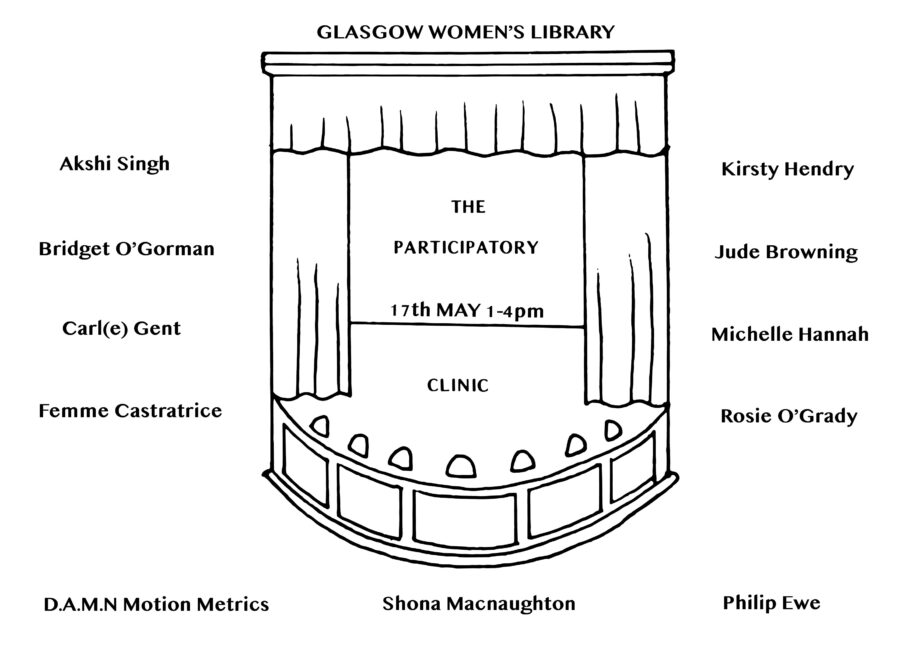Getting to know women’s perspectives through literature
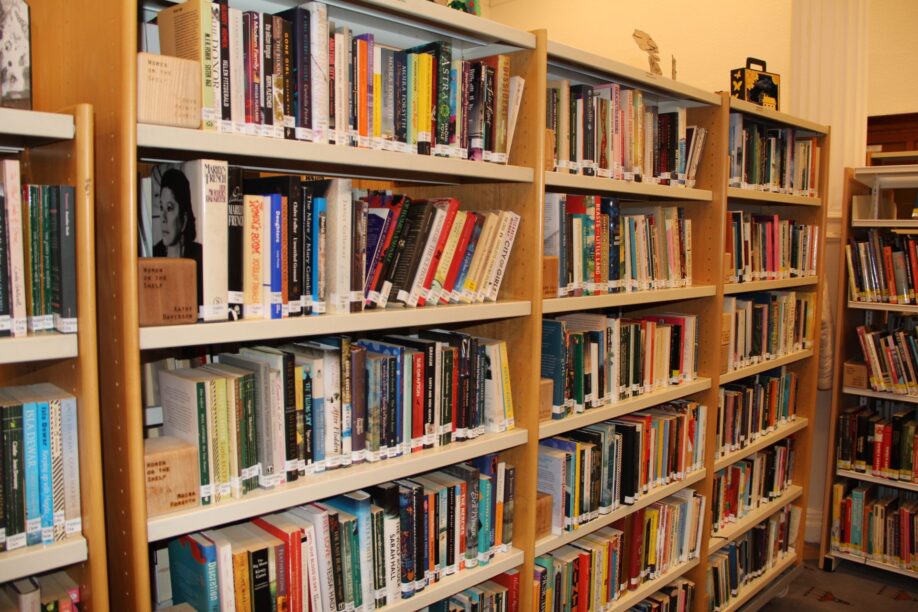
As a Women’s Library, GWL has, of course, a big collection of feminist literature. From poetry to biographies to (realistic) fiction – GWL really has something to offer to everybody. My name’s Anika and currently I have the opportunity to do a lovely student’s placement here at GWL for my studies. Every time I walk past the book shelves – and trust me, there are a few – I’m having a glance at all the books I’d like to read sometime. Unfortunately, there isn’t enough time, so it’s nice to create a little reading-bucket list that might inspire you as well! Especially now that the colder season is just around the corner, it’s nice to have a few books in mind that you’d like to delve into. Lately I’ve really been into (realistic) fiction. It gives you the opportunity to immerse yourself into different perspectives. This reading list focuses on women’s perspectives and tries to cover different historical, political and territorial circumstances women can be in. Some of the books are quite easy-going in my perspective, while others might be more intense. Therefore I’m including a trigger warning with the novels that cover more sensitive topics and include ambivalent parts. Also please note that I also haven’t read all of the books I’m suggesting in this reading list – so I’m also still ticking off some of them;).
THE YELLOW WALLPAPER
Charlotte Perkins Gilman (1892)
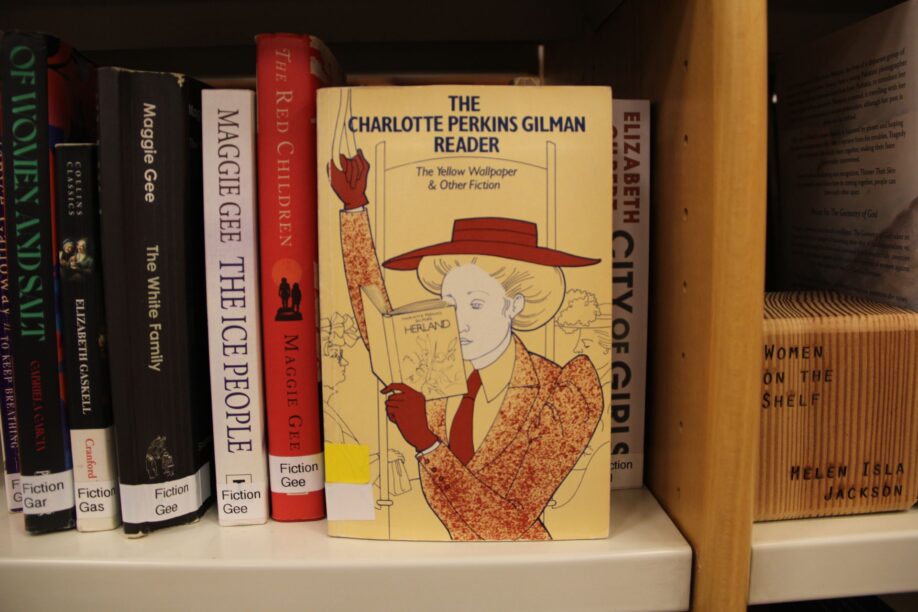
The first book I’m suggesting – which is actually a short story – is a must-read if you are interested in historical women’s perspectives and also enjoy a wee bit of horror components (maybe you’re also into spooky season?). Charlotte Perkins Gilman was an early sociologist, humanist, novelist and utopian feminist. She didn’t only criticise on women’s realities and opportunities around 1900 but also paved the way for other female and feminist authors. Initially published in 1892, “The Yellow Wallpaper” was an answer to the medical treatment performed by men which often diagnosed women as hysterical – a common diagnosis to keep them quiet. In the story, the main character suffers from post partum depression. Her husband imposes a “rest cure” on her, a common treatment that was imposed on women at that time. The rest cure included a strict bed rest and a ban from all kinds of work, reading, writing or other outlets of creativity in any kind of way. Confined in a room and forbidden to do anything else than to rest, the main character starts describing the yellow wallpaper she is surrounded by, slowly seeing more things in and behind the wallpaper than there might actually is…
Feminist voices interpreted this short story as a triumph over the male-lead and oppressing medical system around 1900. Gilman was one of the pioneering feminist authors and by publishing her story in 1892, she was one of the early female authors giving women a voice. Give her great work a go!
Shelfmark: Fiction Gil
PRIDE AND PREJUDICE
Jane Austen (1813)
A classic, I know, but a classic that never fails when you are looking for a good read. We’ve probably all heard of Jane Austen and her wonderful novels but I have only lately given them a try and I absolutely love them! Pride and Prejudice has become a comfort-novel that I like to pull from my book shelf during the colder months of the year when I can snuggle up in some blankets with a cup of tea.
The story revolves mostly around Elizabeth Bennet and her four sisters, whom their parents expect to find a good match to marry. The story begins with the news that Mr. Bingley, a wealthy bachelor from London, has just moved into the area of Meryton, where the Bennet family also has their estate. Mr. Bingley soon begins to take an interest in Elizabeth’s older sister Jane when he meets her at a dance ball. At this ball, Elizabeth also meets Mr. Darcy, Bingley’s dearest friends. Initially offended by his insolence and pride, Elizabeth starts to despise him. Simultaneously, Mr. Darcy seems to be drawn towards her. What follows is a slow burning back and forth. The reader gets to experience Elizabeth’s character development and how she begins to realise what it means to be truly good and kind.
Although this novel is not rebellious feminist, it does give an idea of how women in the 19th century perceived the difficulties of marriage and the pressures placed on them by their families and society. It deals with the themes of marriage, self-knowledge, class and wealth and combines them in a beautiful love story read from a woman’s point of view. So if you are still looking for a nice and cosy romance novel, this novel seems like a good choice for you!
Shelfmark: Fiction Aus
MY PEN IS THE WING OF A BIRD: NEW FICTION BY AFGHAN WOMEN
Lucy Hannah, Lyse Doucet and other (2022)
Initially inspired by the novel “A Thousand Splendid Suns” by Khaled Hosseini, I wanted to find alternative literature about Afghan women which is also written by Afghan women. Nevertheless, I think that Hosseini did well in taking the perspective of two women and depicting their life situation in Afghanistan from the early 1960s to the early 2000s. His novel about Mariam and Laila, two strong women who were forcibly married to the same violent husband, moved me to tears. Although it is a fictional novel, it depicts the living conditions of Afghan women at the time of the Taliban takeover of the country quite realistically. If you happen to have access to this book, I can only recommend that you read it, but be aware that it handles very intense realities and contains themes of violence, abuse and rape.
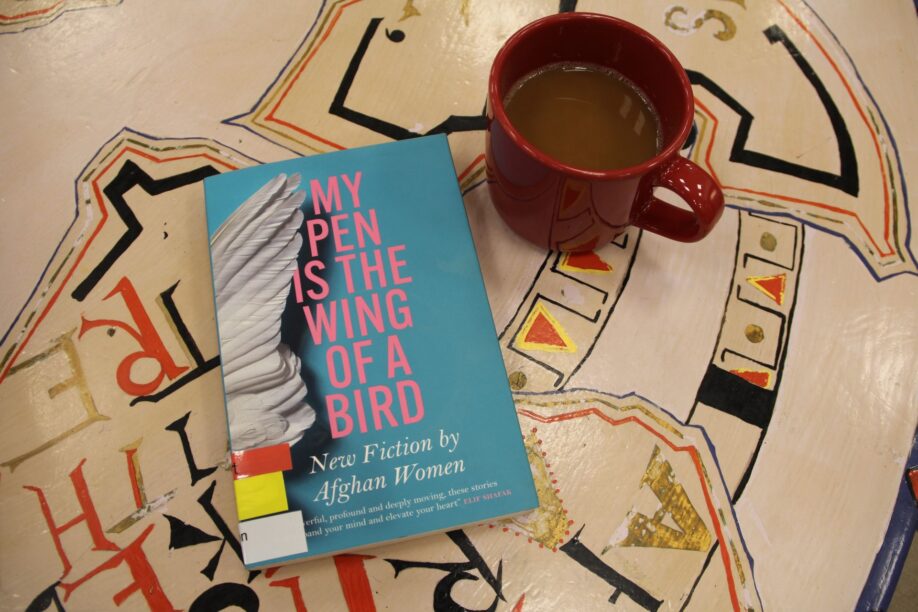
“My Pen Is the Wing of a Bird: New Fiction by Afghan Women” is an anthology of short fiction by Afghan writers. 18 different women have contributed a unique story to this great piece of literature. The stories cover themes like family, work, childhood, friendship, war, gender identity and cultural traditions and give insights into what struggles and realities women from Afghanistan are confronted with every day. Beyond that, this anthology is also a way of giving women who are often silenced and/or invisible to the rest of the world a voice. In view of the current political situation in Afghanistan, I think it is more important than ever to read about the lives of women in this country. As gripping and beautiful these stories are, they can also be quiet shocking and intense. I would therefore like to issue a trigger warning on topics such as violence, war, misogyny and abuse. This book is important for contemporary literature as women’s voices heard and shares tells their stories.
Shelfmark: Fiction Myp
THE PURPLE VIOLET OF OSHAANTU
Neshani Andreas (2001)
“The Purple Violet of Oshaantu” is a novel about the life of Kauna, a Namibian woman who suffers from the marriage with her abusive husband and makes no secret about it. When her husband is found dead at home, she is quickly accused of poisoning and witchcraft by the other people from her village. The story teaches about women’s lives in another society and in another cultural context. It also highlights the value and importance of friendship between women. The book is a representation of women and their subordination and the patriarchal violence that can be imposed on them in rural areas of Namibia. Beyond that, Neshani Andreas criticises the social institution of marriage and the cruelties it can bring along. I can only recommend this book if you want to read about emancipation and a woman’s life story in a cultural setting that might be new to you!
Shelfmark: Fiction And
That’s it for the reading list and I hope that one or two recommendations might have inspired you!
From easy-going fictional, historical romance to honest and harsh realities women face in different parts of the world, I tried to gather a variety of different stories with different intensities you can choose from.
Whether you pop into Glasgow Women’s Library to borrow a book or to sit down and read it in the beautiful library space, GWL is always worth a visit and the people there will be happy to welcome you. Becoming a member and getting a library card as well as lending books is always free, so there’s really nothing holding you back.

